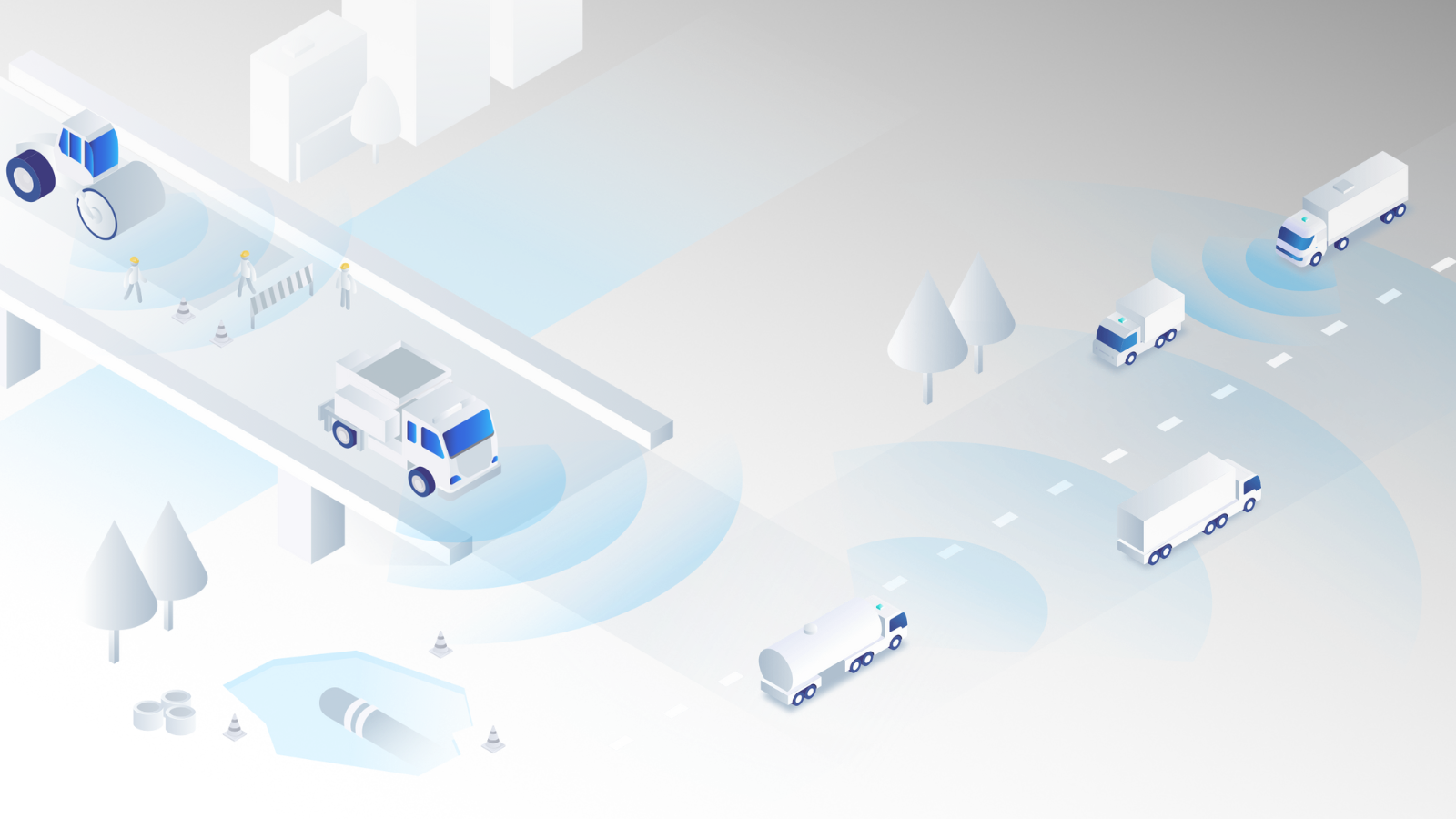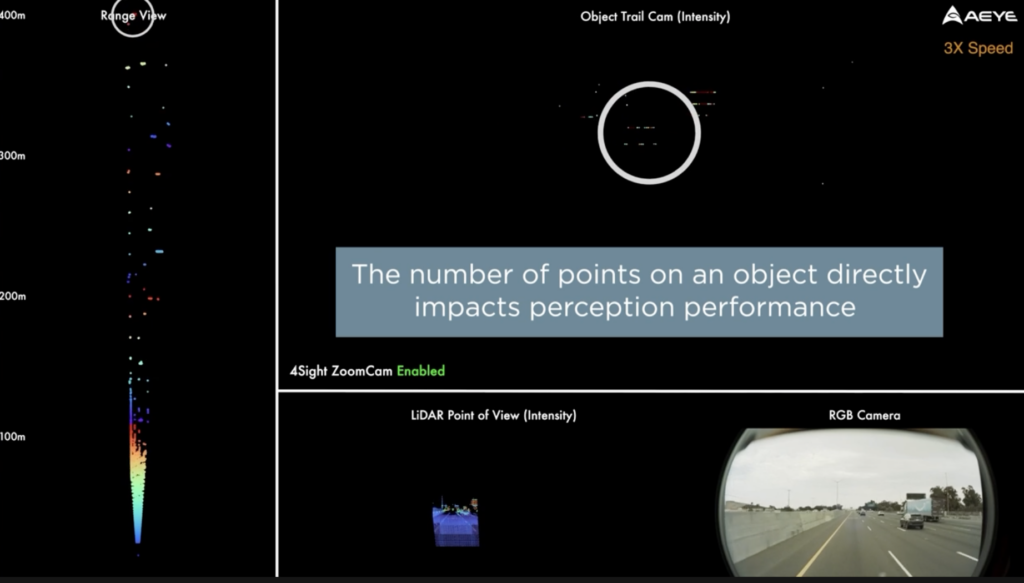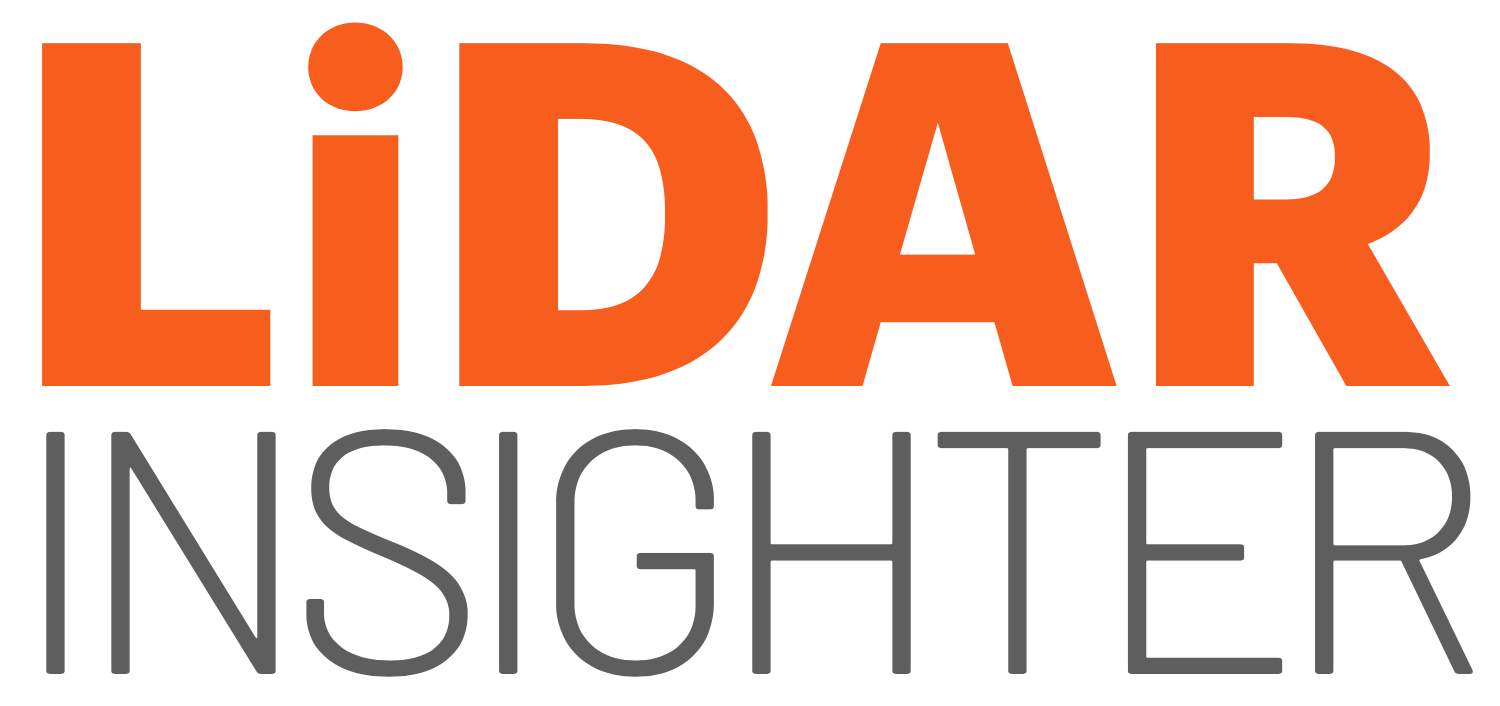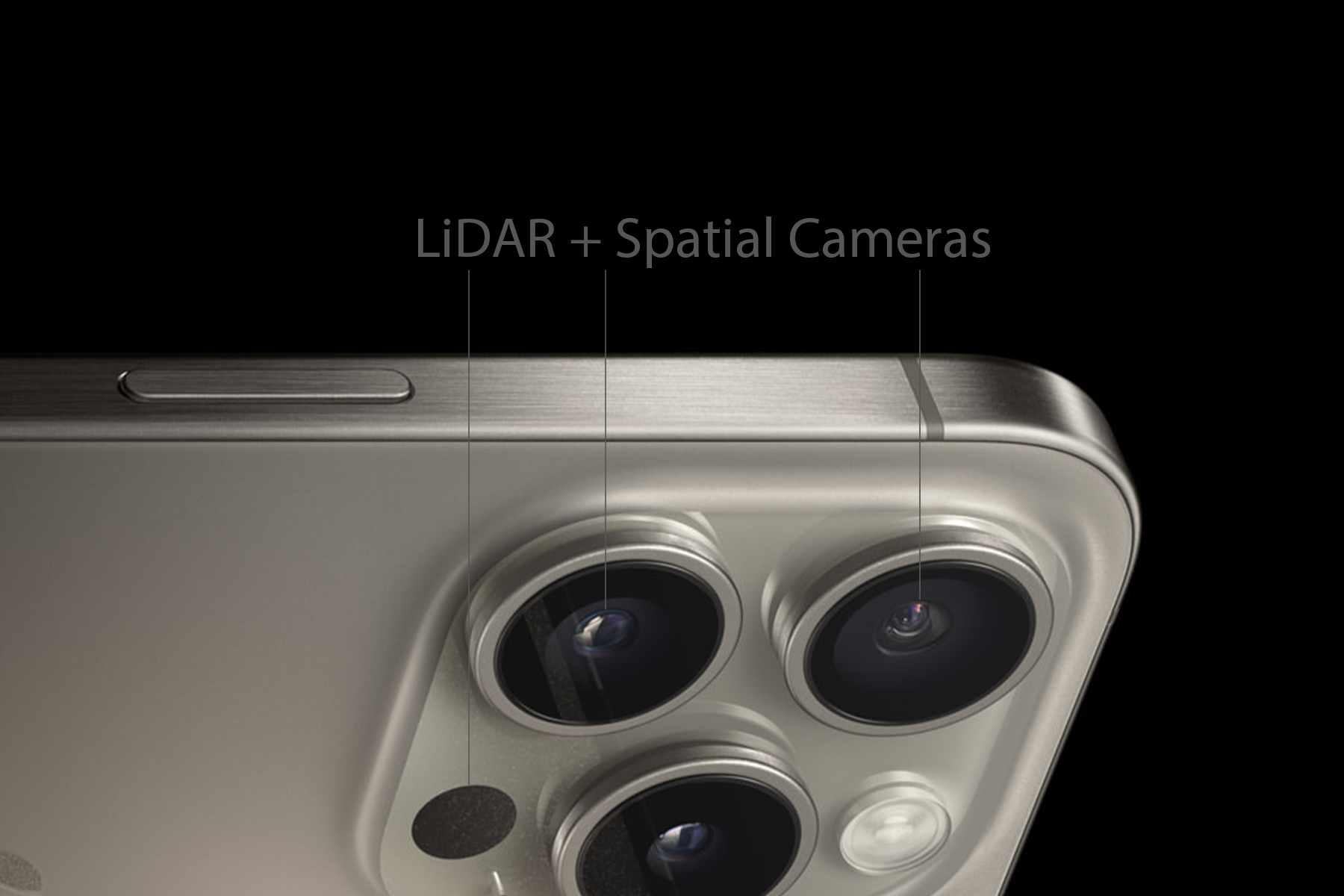
Aeye's 4Sight LiDAR Platform might be 'Game-Changing' in autonomous driving
Blair LaCorte, AEye's CEO, talks about 4Sight platform new features and revolutionising Autuomous Diriving industry.
The company's CEO, Blair LaCorte, recently told investors that AEye's 4Sight platform now has the ability to widen or narrow its sensors' field of view depending on the situation. According to LaCorte, this capability will revolutionize self-driving vehicle decision-making.
In its second-quarter earnings call on Aug. 15, he said "4Sight can dynamically zoom in on objects on the fly, to add resolution at extremely long distances.", and added "Remember, passive LIDAR systems are limited as they scan with fixed patterns at fixed distances. This new capability not only opens up new markets, but improves confidence in object tracking for existing customers."
Compared to other lidar systems, AEye's software-defined sensors can seamlessly move from high to low speeds. Its capabilities range from long-range detection on the highway to complex, low-speed detection in traffic jams.
LaCorte compared it to a smartphone, which can employ an operating system and apps to extend the functionality of the same hardware.

He showed scans taken on the highway. Three points were displayed for an SUV 300 meters away in the first example. A greater distance of 400 meters enables excellent resolution when the zoom is encouraged, as shown above.
As LaCorte noted, the technology is not just limited to automotive applications.
"Rail trains equipped with 4Sight could have one mode designed for scanning a station or platform, and can use ZoomCam while in transit to detect track obstructions at extremely long ranges to allow adequate train stopping distance."
In the fields of aerospace and military, helicopters might switch to a broader field of view during landing maneuvers to locate the ground and use ZoomCam at longer ranges to detect wires or birds in their path.
A SteadiCam feature has also been added to 4Sight, which supposedly adds more density where it is needed.
STAY ON TOP OF THE NEWS
Join the free newsletter to receive the latest updates in your inbox.

The software of 4Sight can be dynamically adjusted to fit any vehicle or use case, similar to what gimbals do in hardware. It's impossible to have a straight, flat, or smooth road on all roads.
"ADAS and autonomous vehicles require this capability to enable horizon tracking, to compensate for less than optimal road conditions. This becomes even more important for off-road, high-speed or weather-impaired scenarios."
The SteadiCam platform is essential for Tier 1 suppliers who want to offer self-driving systems at Level 3 and above. They must:
- Have the proper density which allows to find small objects on the road.
- Be able to change lanes or stop at higher speeds with enough distance.
- Probably the most challenging for non-adaptive systemsm be able to follow cut-ins, wide angles, or lateral entry activities simultaneously.
The 4Sight automotive lidar is being developed and tested by AEye for its customer Continental. The transfer of testing samples (B samples) from AEye to the Tier 1 supplier is a milestone for the company.
"This is the first time a major Tier 1 supplier has transferred into production a licensed long-range lidar technology with the intent of delivering it to their installed customer base" he said.
Continental has said that it expects its HRL131 lidar units, which use AEye’s technology, to be ready for series production in 2024.
LaCorte added AEye did indicate that the C (near-production) sample will likely be released in 2023, based on the normal standards.
Featured images: Continental has taken over production of testing samples of its HRL131 long-range lidar at its factory in Ingolstadt, Germany. (Screen capture via AEye)
LiDAR INSIGHTER Newsletter
Join the newsletter to receive the latest updates in your inbox.





